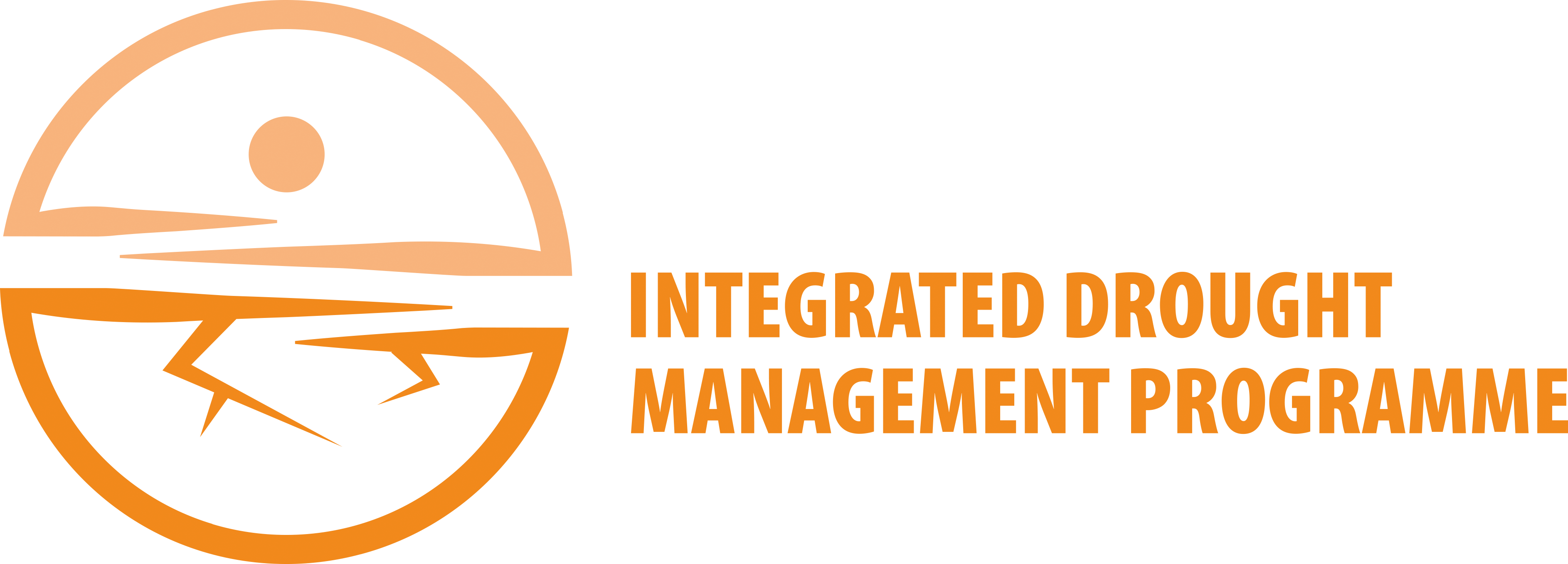Standardized Water-Level Index (SWI)
Index name: Standardized Water-Level Index (SWI).
Ease of use: Yellow.
Origins: Developed by Bhuiyan at the Indian Institute of Technology, India, as a way to assess groundwater recharge deficits.
Characteristics: As a hydrology-based drought indicator, it uses data from wells to investigate the impact of drought on groundwater recharge. Results can be interpolated between points.
Input parameters: Groundwater well levels.
Applications: For areas with frequent seasonal low flows on main rivers and streams.
Strengths: The impact of drought on groundwater is a key component in agricultural and municipal water supplies.
Weaknesses: Only takes groundwater into account, and interpolation between points may not be representative of the region or climate regime.
References: Bhuiyan, C., 2004: Various Drought Indices for Monitoring Drought Condition in Aravalli Terrain of India. ISPRS Archives – Volume XXXV Part B7, 2004, XXth ISPRS Congress, Technical Commission VII, July 12-23, 2004, Istanbul, Turkey (O. Altan, ed.). International Society for Photogrammetry and Remote Sensing, 1283-1288.


